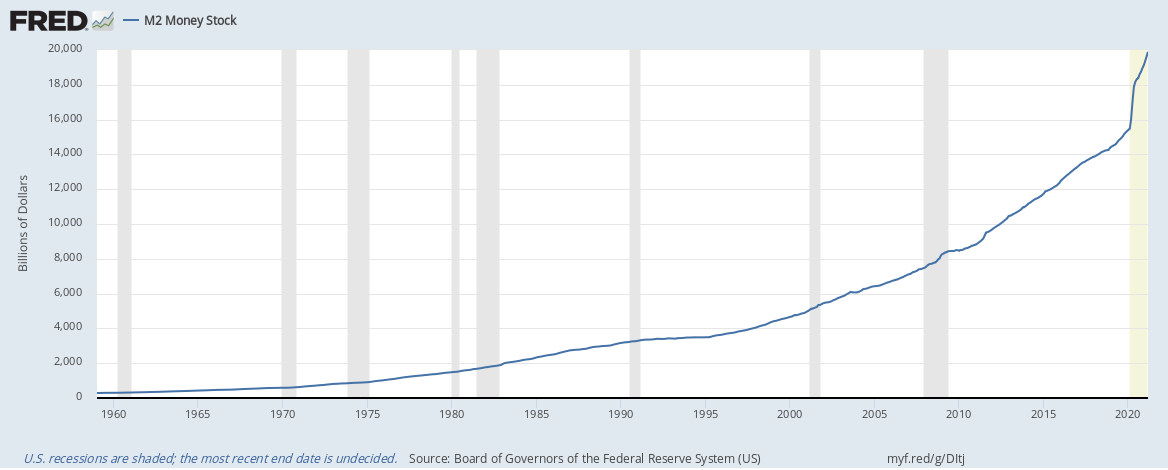The Afghanistan War/nation-building project is now confirmed as a complete failure—and a costly one, in both lives and resources.
Brown University’s Watson Institute estimates the US spent $2.2 trillion over the 19 years, increasing the tax burden of every American by $6,000. Further, the Watson Institute estimates “241,000 people have died as a direct result of this war. These figures do not include deaths caused by disease, loss of access to food, water, infrastructure, and/or other indirect consequences of the war.”
Yet, in the end, it was all for nought. The US-sponsored Afghan government collapsed shortly after the lethally botched US military withdrawal, and the Taliban are once again in power. Only now, they are armed with billions of dollars worth of US military gear.
Who’s to blame?
In a recent speech, President Biden laid much of the responsibility for the failure of the regime on the Afghani forces for being unable to hold off the Taliban. The administration has also been quick to place blame on the peace agreement the Trump administration made with the Taliban before he left office.
However, the failure of liberal democracy in Afghanistan isn’t the fault of the Afghani military, the Biden Administration, or the Trump Administration. In reality, the failure of US nation building is a failure of central planning which was doomed to be a disaster from the very beginning.
Nation Building: Futile and Fatal
In 2007, Professor Chris Coyne of George Mason University published a book titled After War: The Political Economy of Exporting Democracy. The subject of the book surrounded the inherent problems of trying to export liberal democracy. Dr. Coyne broke these problems into two categories: knowledge problems and incentive problems.
The knowledge problem of centrally planning the establishment of other governments is that, despite the fact that politicians know what democracies look like superficially, they don’t know what underlying conditions are necessary to foster a healthy liberal democracy. For example, differing belief systems and cultures may be incompatible with any familiar form of liberal democracy. The US Constitution, for example, rose up within a specific context. Merely “airdropping” a constitution into a country doesn’t mean the underlying context will match with the constitution. It turns out airdropping political institutions is more difficult than airdropping supplies.
Gen. Stanley McChrystal, a former top commander in Afghanistan, once boasted, "We’ve got a government in a box, ready to roll in.” By now it should be obvious to everybody how much hubris was wrapped up in that claim.
Similarly, Dan Sanchez pointed out in 2016 that US central planners miss out on important local knowledge which cannot be codified. This decentralized knowledge is referred to by Nobel Prize-winning economist F.A. Hayek as the knowledge of, “the particular circumstances of time and place.” While central planners may like to believe they can access this knowledge, there is simply no way for them to centralize all this disparate, uncodified knowledge to serve the central plan.
Coyne continues by explaining the incentive problem associated with nation building. Even if central planners were able to solve the knowledge problem in theory, it’s unlikely they’d be able to implement their solution. Why? The implementation of the plan is controlled by US politicians who face incentives incompatible with successful nation building.
Consider the incentives of the bureaucracies associated with reconstruction efforts. Bureaucrats improve their position by taking on more roles and by increasing their bureau’s budget. Since there is a limited amount of funding available, this means bureaucrats have to compete with one another for funding.
So, despite the fact that successful nation building may call for different bureaus to work together, there is no guarantee that doing so will be to the benefit of bureaucrats.
It’s also important to note that US politicians are subject to the incentives provided by special interest groups. Through campaign contributions and lobbying funds, special interest groups influence policy.
Perhaps, for example, the path to liberal democracy in Afghanistan involves the US troops gaining citizens’ trust by not using indiscriminate drone bombing. In this case, drone bombing would be bad for the prospect of liberal democracy, but it would still be good for the bottom line of military weapon manufacturers. In that case, that special interest group may exert pressure on politicians to use these unhelpful tactics.
Ultimately, the assumption that America can spread liberal democracy via military action was wrong. It relied on conceptualizing state central planners as both being able to collect the requisite knowledge and being immune to conflicting interests in implementing plans. However, in the real world, this assumption does not bear out. Knowledge and incentive problems abound.
The Real Culprits
So there’s no need to play the blame game with Trump or Biden. The blame for the disaster in Afghanistan falls squarely on the experts in Washington, DC, who began this crusade nearly 20 years ago.
The question is now, how should we hold these experts accountable for this disaster?
Peter Jacobsen
Peter Jacobsen is an Assistant Professor of Economics at Ottawa University and the Gwartney Professor of Economic Education and Research at the Gwartney Institute. He received his PhD in economics from George Mason University, and obtained his BS from Southeast Missouri State University. His research interest is at the intersection of political economy, development economics, and population economics.
This article was originally published on FEE.org. Read the original article.

